Barn Owls in 2017: update from Colin Shawyer
17 May 2017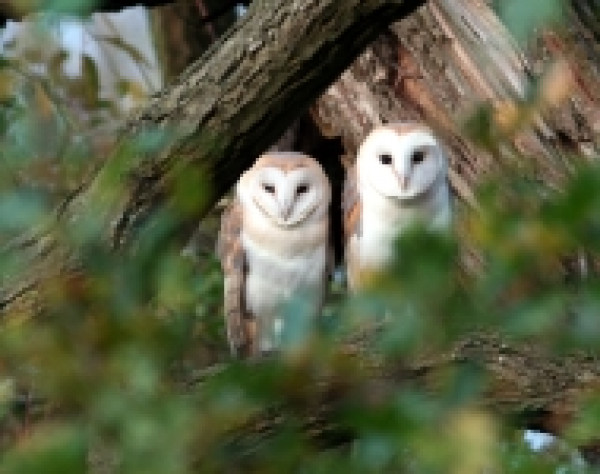
Widely recognised for his work on the study and conservation of owls and raptors, biologist and professional ecologist Colin Shawyer has collaborated with the BTO on projects such as Project Barn Owl (1995-1997) and the Barn Owl Monitoring Programme (2000-2009). As founder and co-ordinator of the Barn Owl Conservation Network (BOCN), Colin is in contact with Barn Owl ringers and nest recorders across the country and oversees the annual monitoring of over 3,000 nest boxes.
In my January report, I predicted a slow start to the Barn Owl breeding season this year—a late-April first egg date for many pairs or even into May for females that were late or had double-brooded in 2016, especially in eastern England—but then in most regions a high site occupancy rate, along with larger-than-average brood sizes in the south and south-west, thanks to continued high vole abundance. I also predicted that second broods, if any, would mostly occur in central and western regions of Britain.
Since then, BOCN colleagues and I have inspected Barn Owl sites in a number of regions and occupancy rates indeed appear to be high. At visits to sites in the eastern England in early-to-mid-April, a proportion of females had body weights above the 365g breeding threshold yet their brood patches were still early in development, suggesting that egg-laying wasn't likely to commence for 2–3 weeks. This was confirmed at later visits to eastern, north-eastern and central England, where we found that most of the pairs that had not had second broods in 2016 had begun laying in the last week of April or into early May. Moreover, we found many clutches of only four eggs. On the other hand, in the south, south-west and west of England, laying had mostly begun during late March and the first week of April and clutch sizes were higher than average. This overall spread of first egg dates is further evidence that any double broods this year will more likely happen in the earlier-laying areas in the south and west of England, parts of Wales and possibly Scotland, i.e. the converse of 2016.
I hope this information will be useful to my BOCN and BTO colleagues and allow us to optimise the timings of our site visits. My best wishes to you all for what should be a good breeding season and one which, for first broods at least, should be far better than last year in the south-west but less successful with few if any second broods in eastern and central England.
Colin Shawyer
Barn Owl Conservation Network founder and co-ordinator, UK and Ireland


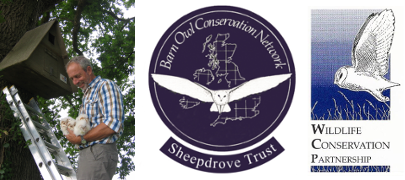
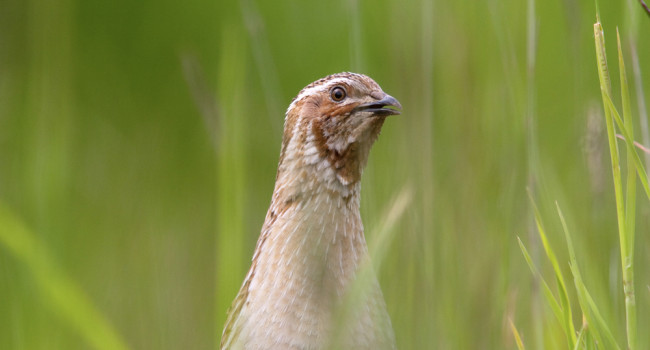
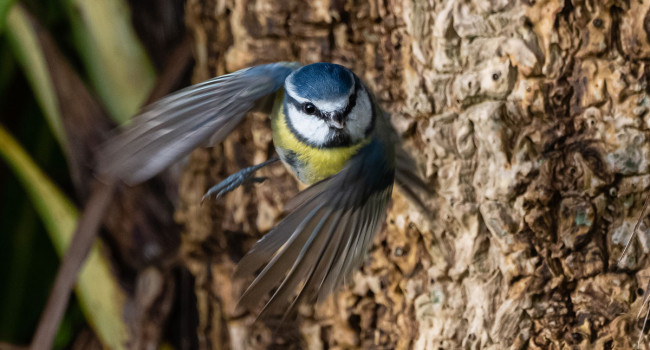
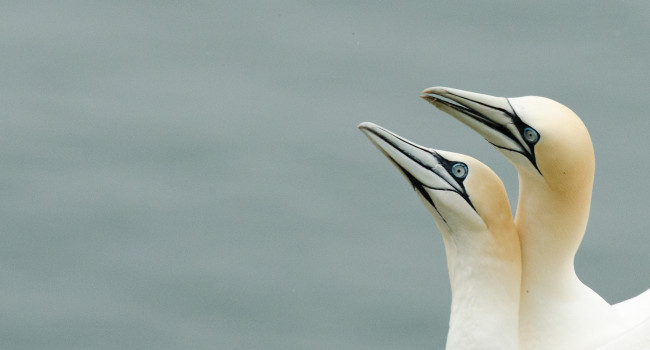

Share this page